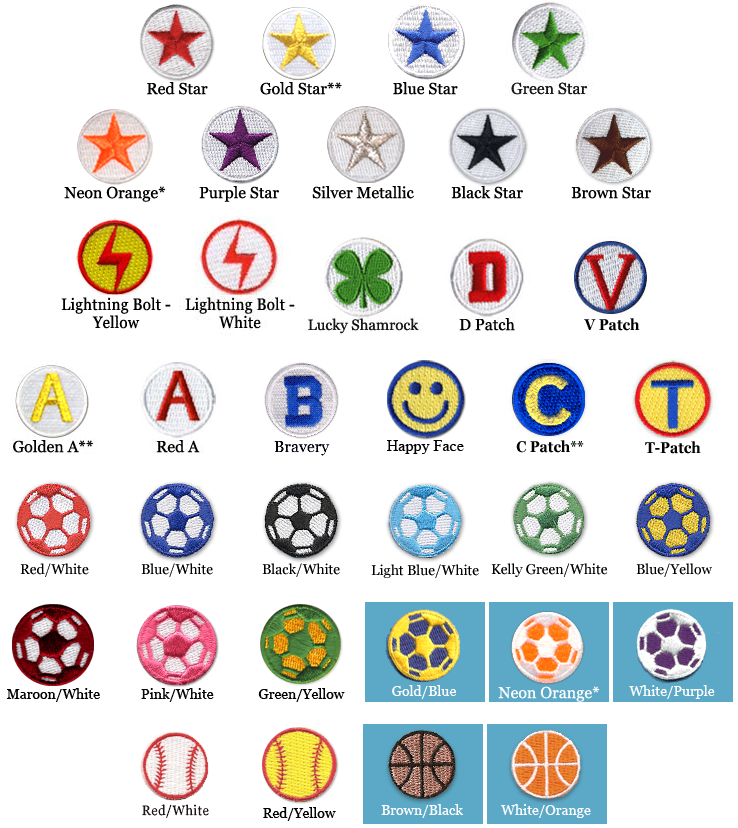How to Create Space When Attacking
There are 2 different philosophies about how to "create space" - - "onball attacking" & "off-the-ball attacking". These are different styles of play.
"Onball Attacking" emphasizes the ballhandler dribbling to get open or dribbling for the purpose of pulling defenders toward him so receivers become open & he can try to pass to them (i.e., he "creates space" for the receivers by drawing their defenders toward him). This requires the ballhandler to have superb dribbling skills & the attack relies on the ballhandler to create opportunities. This style of play is easier to defend than "Offball Attacking" because the key is simply to shut down the ballhandler & mark potential receivers who are in scoring range. There are 3 reasons why you should not teach youth teams this style of play:
- Most youth players don't have & cannot acquire the dribbling skills to use it successfully.
- It doesn't stress "movement off-the-ball", which is something you want your players to learn.
- In this style of play, passing is a second priority to dribbling (whereas players U-8 & up should be taught that passing is the first priority unless they are close to goal & can dribble & score). Teams that pass the ball well almost always beat those that dribble too much. A good comparison is to basketball, where teams that dribble too much usually lose to teams with good passing skills.
"Off-The-Ball Attacking" emphasizes 2 things: (A) The movement of players without the ball (i.e., "movement off-the-ball") to create space & (B) Passing to open space. This is a better style of play to teach youth because it emphasizes passing & "movement off-the-ball". Examples of how to create space through "off-the-ball attacking" are given below.
A. Examples of "movement off-the-ball" which pull defenders away from the ballhandler or away from the area to be attacked & thereby "create space" are:
- "Spreading The Field", which moves attackers wide in order to pull defenders away from the center. (This is relatively easy to teach U-10 & up).
- Having attackers stay a pass apart which forces the defense to spread out and, thereby, creates space. (This is relatively easy to teach U-10 & up).
- Having receivers move away from the ballhandler as he approaches them creates space because defenders will have to cover the receivers or else the receivers will be open for a pass. (If receivers don't move, then their defenders are in a position to pressure the ballhandler as he gets closer to the receiver). The best teams in the world, such as Manchester United, do this very well. This is fundamental & one of the most important things you can teach, but it is surprising how often high school players don't do it. (This is relatively easy to teach U-10 & up).
- "Checking Off", "Hooking Runs", "Diagonal Runs" and "Give & Go's" also create space by "movement off-the-ball". (These are relatively difficult to teach).
- Occasionally a receiver should move toward the ballhandler, but young receivers more often make the mistake of moving toward the ballhandler when they should be moving away, or of not moving to get open from defenders. A good analogy is to think about basketball or receivers in American football.
- "Through Balls" which are kicked to the open space behind the defenders when the other team's defense is "pushed up": ("Through Balls" are relatively easy to teach U-10 & up).
- "Switching The Play" where the ball is quickly passed from one side of the field to the other & is especially good when you are near the other team's goal & can attack the "back door". ("Switching The Play" is somewhat difficult to teach & is best for U-12 & up).
- Passes to open space near a specific receiver (such as "Leading Passes" & "Crossing Passes") are another way to attack by passing to open space. (U-10 & up).
- "Passing To Yourself" is a fourth way. (This is relatively easy to teach U-10 & up).
- It is very important to teach passers to pass to space and to teach receivers to anticipate passes to space. If you do this, your attack will greatly improve, your team will score many more goals and it will be more fun. Teaching how to play to open space is a different way of thinking than "passing to feet", but once a team grasps the concept you will be amazed at how much more they move off the ball and how they try to win the ball more.
(See "Attacking", "Counterattack", "Cross The Ball", "Diagonal Run", "Direct Attack", "Dummy Run", "Movement Off-The-Ball", "Pass to Space", "Pass to Yourself", "Spread The Field", "Support", "Supporting Distance & Relative Position", "Switch The Play", "Through Balls", "When to Dribble/When to Pass", & "Width In Attack").
See prices for our iron on Motivational Soccer Patches
